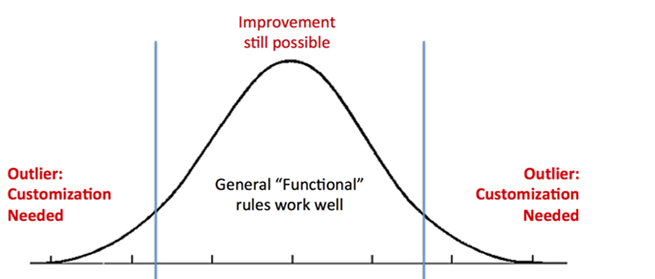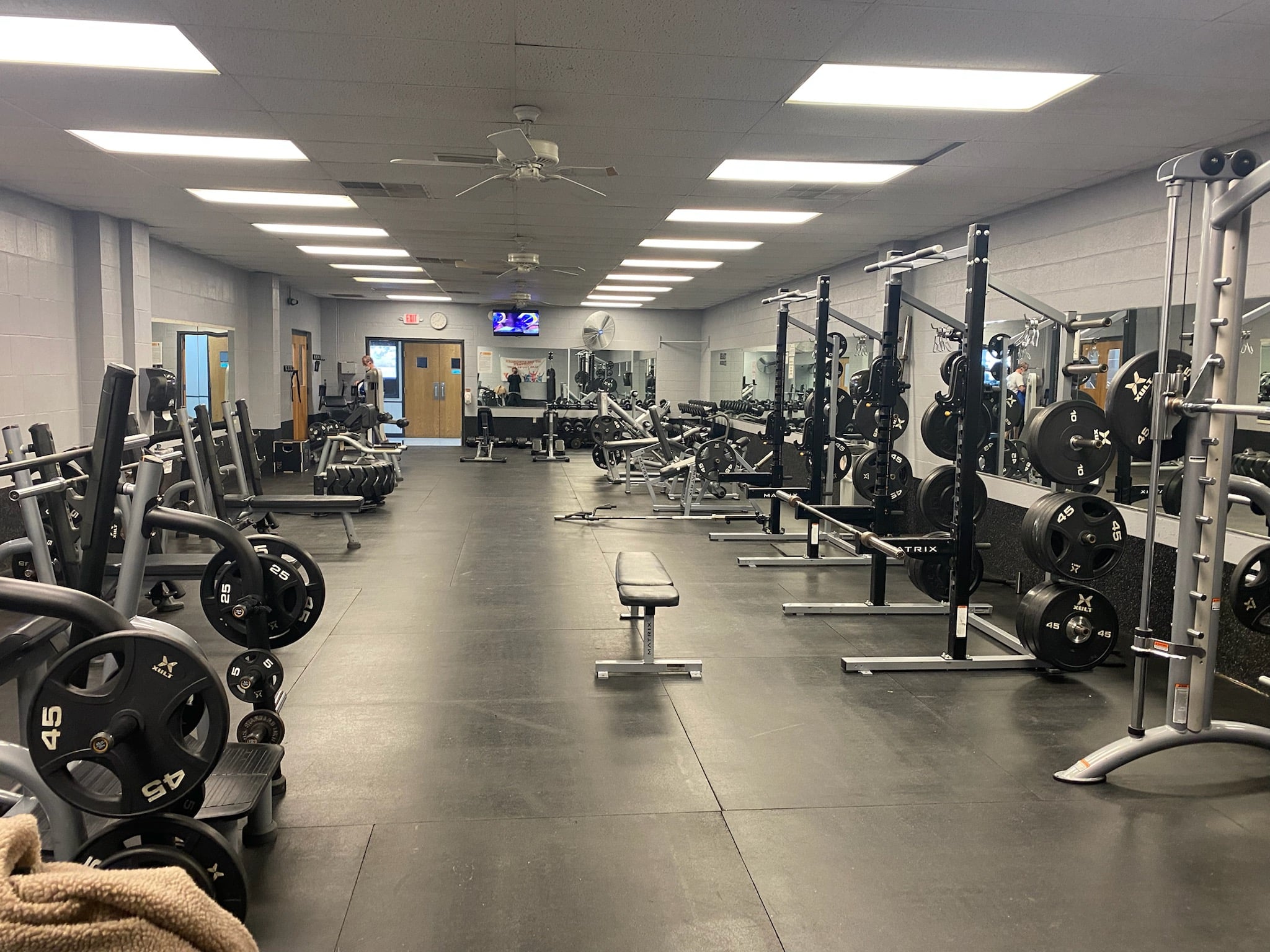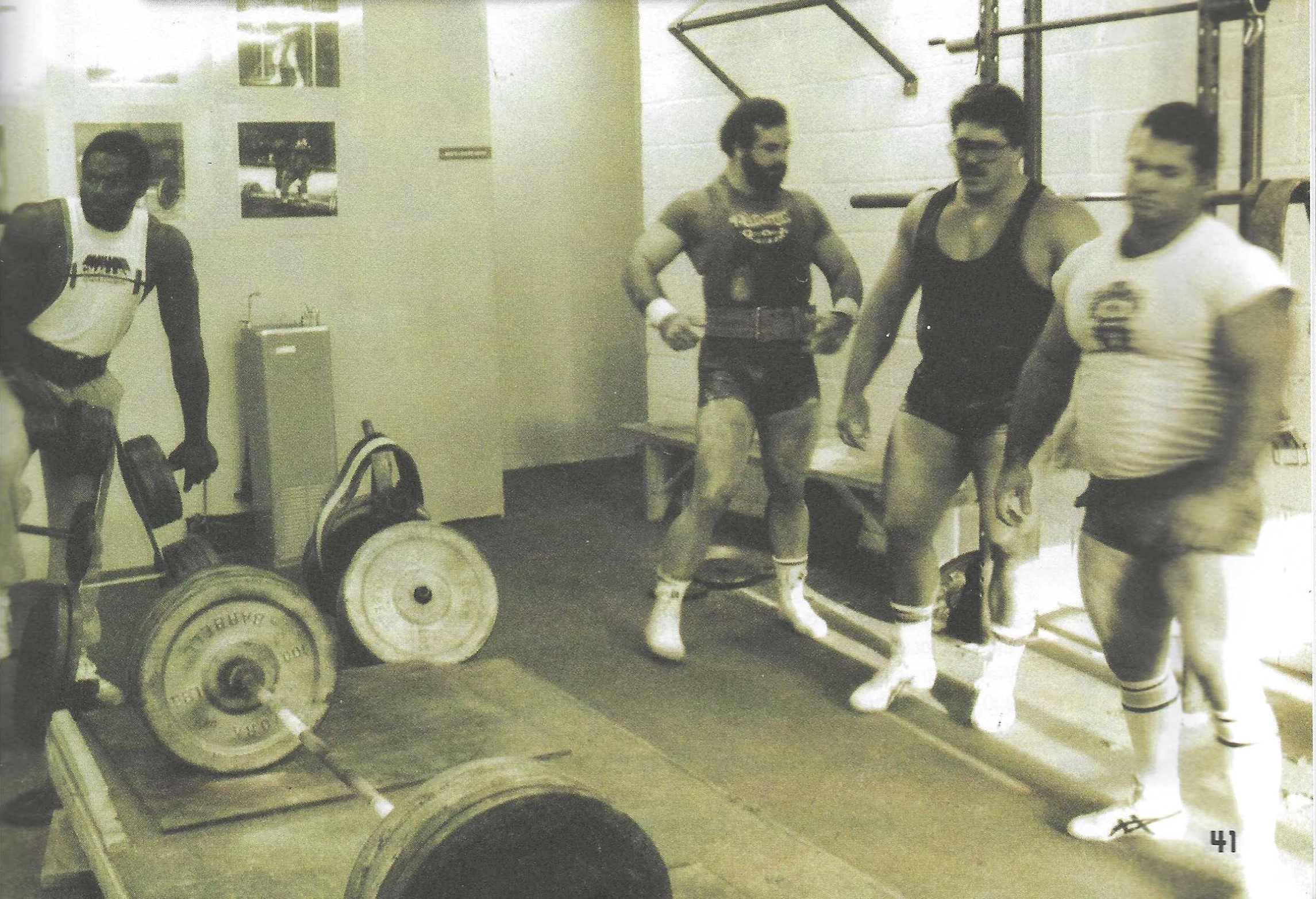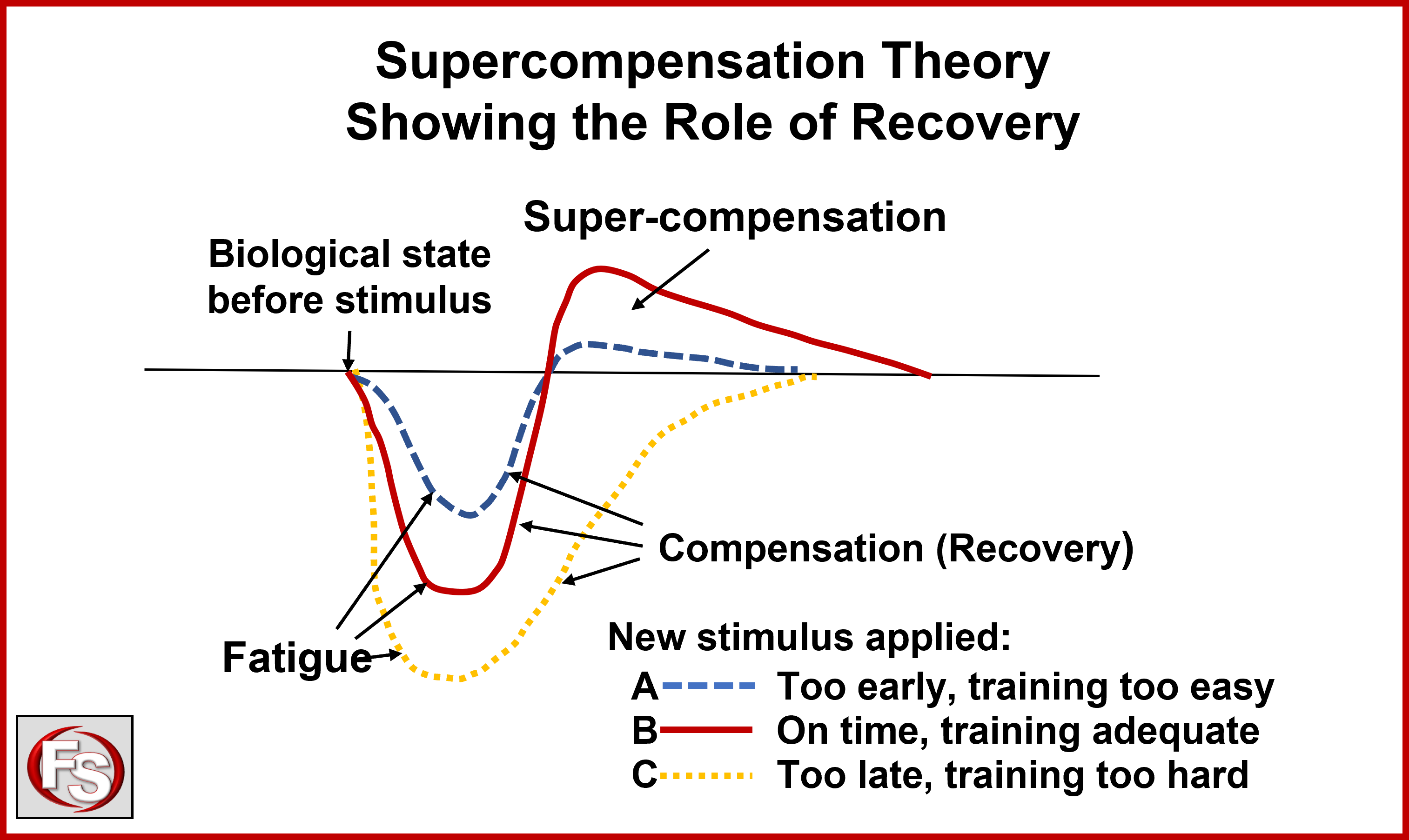
The advantages of not squatting 800lbs anymore!
Ah - the joys of weakness! At age 72, it takes me next to no time to train. On average, my weight training sessions last 15-20 minutes per session, three resistance sessions per week. I get a week’s worth of training done in a grand total of 60 minutes per week. Fabulous!
And let me assure you, though these sessions are short in length, they are maximally intense: after 60 years in the game, I am an expert at kicking my own ass. I generate a 100% effort on whatever exercise is on the menu. I take it to the limit then move onto the next exercise. Bumping up against the cusp of current limitations is where the gains lie hidden in plain sight.
Ten years ago, I was taking an hour per session. I was stronger and it took longer. In the olden days, a full-bore powerlifting session, including assistance, work, might take three hours to wade through. My longest workouts occurred at the peak of my strength curve. It takes a lot more time to work through squats if your top set is 800-pounds than if your top set is 255 pounds.
I currently attack two or three exercises in a session. If it is a compound multi-joint exercise, I will “rep out” a single top set. If I am using a resistance machine or cable device, I will take every set to failure, starting off light, increasing the resistance and dropping the reps on each succeeding set.
I decided to work quads and hamstrings via machine squats and lying leg curls. My squat motor-pathway is essentially straight up and down. Because I do not bend forward when I squat, because I am a vertical torso squatter, I can use the venerable Smith Machine. The Smith Machine allows me to push my guts out knowing if I fail on a rep, no problem, rotate the handle, rack the weight, walk away. The Machine acts as a spotter and allows me to go all out, safely. I also use it as a “depth finder.” Squat down the catcher pins set an inch below parallel.
This morning, when I walked into the YMCA weight room, the big digital clock read 6:33 am. I waved at the only other person training, a youngster doing bench presses. I loaded the Smith to 135. I set the bottom pins so they stopped the downward path of the squat an inch below parallel. I would squat down to these pins, touch the pins with bar, pause on the pins for a brief instant, then spring erect as fast as possible.

I “coiled” on the negative eccentric of each squat rep, paused a beat at the bottom, before exploding erect like Karwoski (in my mind) using “compensatory acceleration” on the concentric, positive push phase. After a set of five reps with 135, I then performed a set of leg curls on the Ys excellent lying leg curl device. Slow and exacting, I used a controlled rep speed and full ROM. I avoided “jolting” the start, driving the hips into the bench not letting them raise up. Raising the hips makes the pulling easier and allows you to slide thru the sticking point.
I loaded the Smith Machine to 205 and did three super-coiled and super explosive reps. I felt good. Another set of leg curls, slightly heavier. I would raise my knees at the top of each leg curl rep to activate the upper hamstring insertion point, the important one for speed and leaping ability. Since it is totally safe to go to absolute failure using isolative resistance machines or cable device, why not?? I take every machine set to absolute failure.
I use a between-set recovery strategy Lou Ferrigno related to me in a Muscle & Fitness interview I had with him in the 90s. “Marty, I tell my personal training clients, between sets rest until breathing normalizes – then add one more minute.” I liked this commonsense approach and have used it ever since.
Rested and ready, I would rep out my top set of Smith Machine paused squats. Last week I had a good, not great week, and had gotten 5 tough reps with 255. I rep in the squat until I barely complete a rep. When I know with certainty that I don’t have another rep in me, I rotate the bar and “rack” the weight. By repping until I can rep no more, I have given 100% of what I had on that day. I have done my duty.
I felt better this week than last and glory be, squeezed out 7 reps! Barely locking out 7, but locking it out none-the-less. This was tangible, mathematical, undisputable improvement over last week. I was ecstatic: I had pushed my guts out, given 102% and had factually improved 40% over last week. One more set of leg curls, I failed on rep 8. I was done.
I glanced at the gym clock as I walked out the door, 6:55 am. Three sets of squats and three sets of leg curls, both completely devastating my quads and hamstrings completed in seventeen minutes. This represents the sum-total of my leg work for the week. I was pleased as punch. This was an excellent shot-in-the-arm for my already inflated self-esteem.
I headed to the steam room and lobster-ized myself. I then slipped into a lovely indoor pool right outside the steam room door for 20 minutes, the pool time was more floatation tank therapeutic than athletic swimming. I then hit the sauna next to the steam room for 20 Zen minutes. I took a bracing cold shower, drove home, drank a protein shake made with raw milk and took a narcoleptic nap.

In days of yore, the peak of my strength bell curve years I was squatting and deadlifting 700 at 220 bodyweight and 800 + at 245 pound bodyweight. Sessions would take forever. If by way of example, you were scheduled to say, deadlift 655 for 5 reps, you would perform sets with 135-pounds, 255, 345, 455, 545 and 615 before the top set of 655 for five reps. This took time. Are you doing assistance work? Pack a lunch.
After hitting a deadlift top set, I would move onto whatever back assistance work I was doing at the time. When you row with 350, do power cleans with 300, deadlifts on a plate or box with 550, you need a hell of a lot of warm-up sets. The really strong guys, like Coan, Karwoski and Chaillet, would need two hours to work through a squat or deadlift routine. Check out the links!
What an amazing contrast to nowadays wherein a lower strength ceiling means amazingly short yet effective (progress-inducing) workouts. The key to making uber-minimalism work is intensity. Once I blast a muscle into submission by repping out with limit poundage, insisting on doing more is, for me, counterproductive.
As Dorian Yates once noted, “If you are looking to kill a man, shoot him through the heart one time – no need to empty the whole magazine into an already dead man.” Kill the muscle, move on. If you met the Buddha in the road, kill him. Don’t train a decimated muscle again until it is totally recovered and fresh. The older you get, the longer that takes.
Multiple sets and multiple exercises that attack the same muscle rip a huge black hole in my recovery. I want maximum results for the least amount of exercise creating the least amount of fatigue to overcome. The smartest man does the least possible to obtain the maximum results. To paraphrase Occam’s razor, if outcomes are equal, pick the strategy with fewer moving parts. Increases in volume requires a dilution of intensity. I would suggest that Occam would have been a uber-minimalist had he been a modern strength athlete.

If you give 102% on the first exercise of a long list of exercises, by the time you get to the end of the session, the final exercises must suffer, for the simple fact they are done with dramatically diminished strength. What is the sense of battering an exhausted muscle with poundage that is 60% of what it would be if the same exercise was attacked with fresh, not fatigued muscles?
I find the need to be fully recovered. The “rested effort” is critical for matching or exceeding whatever I have done the previous week. Presently, that is all that counts: equal, or better yet, exceed my last week’s performance. That is a tangible goal always within our grasp. Can you think of a more effective way to hold back the hands of time?
Staying in the game is the key to extended longevity. For training inspiration check out the posts below. Get strong! Live long!
Learn more about our training philosophy check out our Progressive Resistance Resource Page. Join the community sign up below to our newsletter and receive our FREE Planning and Periodization Guide.
Want the inside training scoop?
Join The Community
Our email content is full of value, void of hype, never pushy, and always free. As a BONUS you will receive our FREE planning & periodization template to help you with your training goals.



